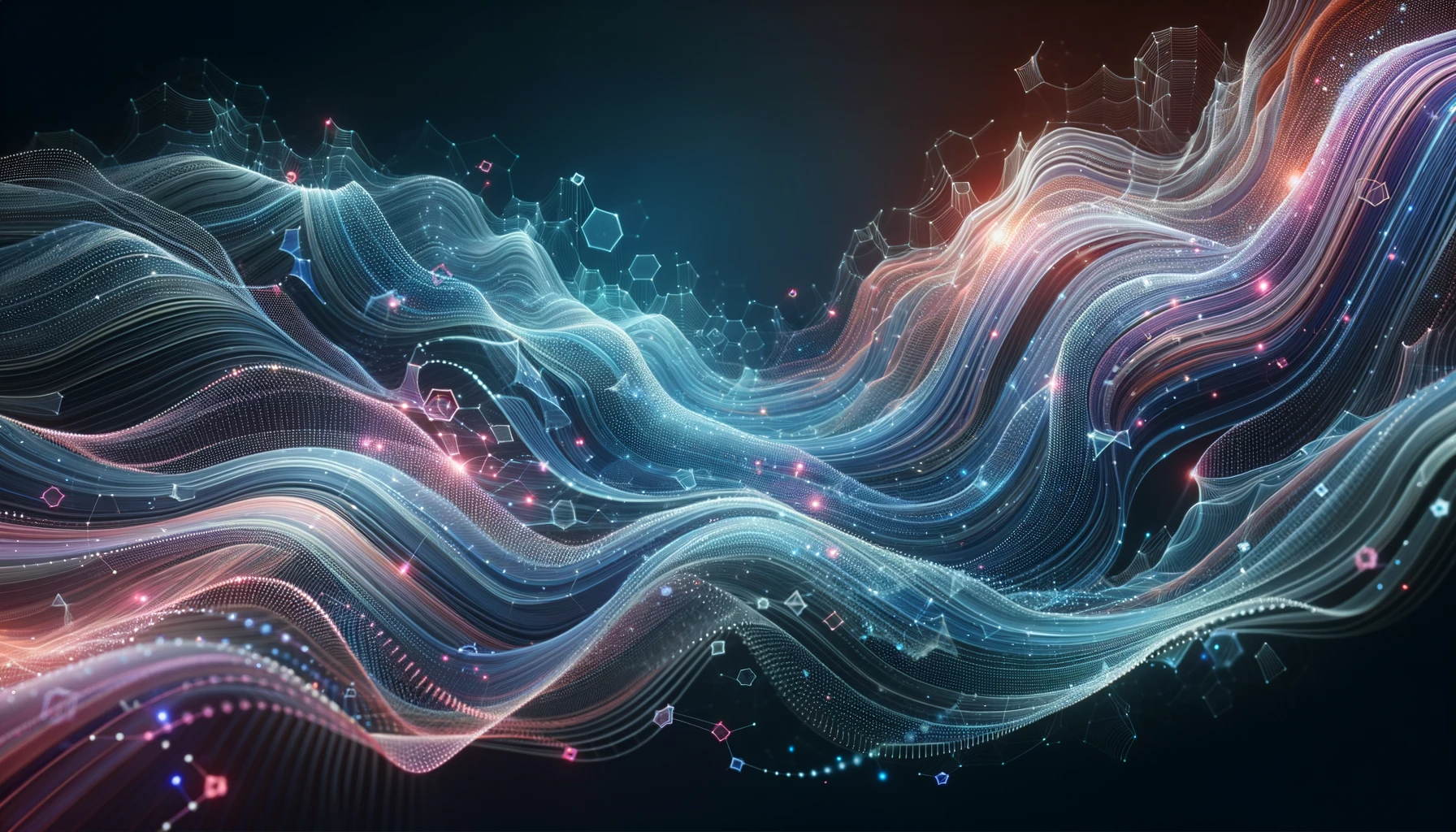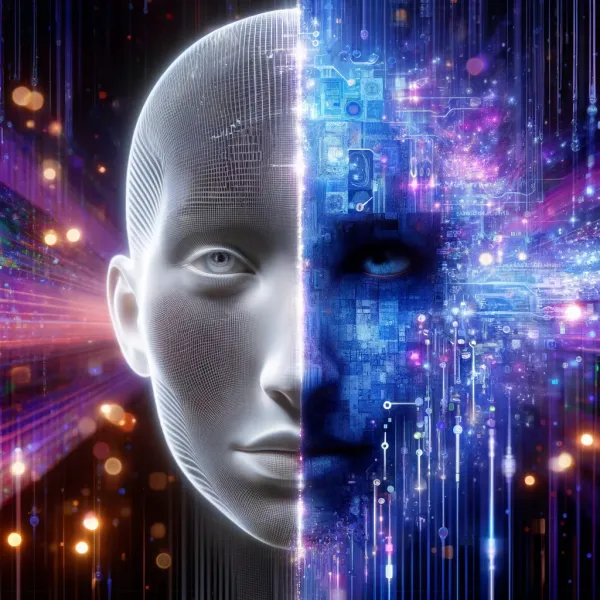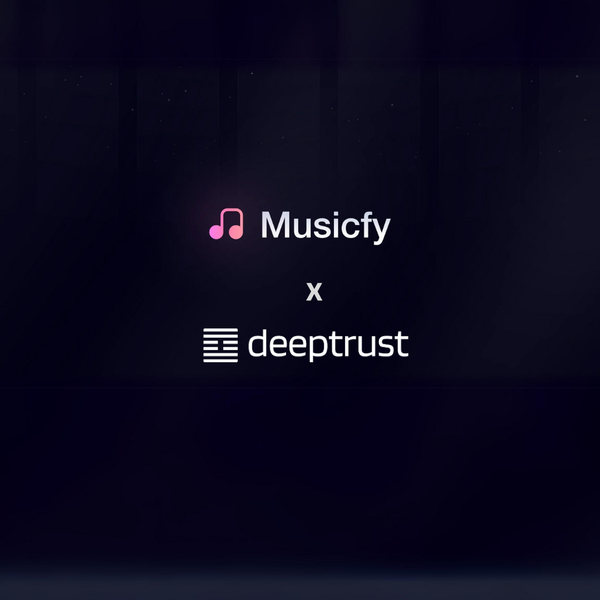Unmasking Deepfakes: The Magic Behind AI-Generated Content

Welcome to the fascinating world of deepfakes! With the rapid advancement of technology, it's now possible to create hyper-realistic digital replicas of people, their voices, and even written content. But how is this magic woven? Let's dive in!
What are Deepfakes?
Deepfakes are synthetic media where the likeness of one person (or object) is replaced by another. This technology can produce videos, audio recordings, or text that seem incredibly real, but are entirely computer-generated. Imagine watching a video where a famous celebrity says or does something they never actually did. That's the power of deepfakes!

The Science Behind Deepfakes
Meet GANs
At the heart of deepfakes is a technology called Generative Adversarial Networks (GANs). A GAN consists of two parts:
- The Generator: This component creates images. It starts with random noise and refines it step-by-step to produce a final image.
- The Discriminator: Think of this as the quality checker. It looks at the image produced by the Generator and decides whether it's real or fake.
The Dance of Deception
Here's how a GAN-powered deepfake is born:
- Training Phase: During this phase, the GAN is fed a ton of real data, say, hundreds of hours of a politician's speeches. The generator starts creating content while the discriminator learns to tell the difference between real and fake.
- Generator's Craftsmanship: The generator produces content that gets closer and closer to mimicking the real thing. It continually improves its skills in creating convincing synthetic content.
- Discriminator's Skepticism: The discriminator tries to get better at spotting fakes. It compares the generator's content to real data, providing feedback to help the generator improve.
- Endless Battle: This back-and-forth continues until the generator's content is indistinguishable from reality. It's like a constant duel, with each side pushing the other to be better.
The two components constantly compete: the Generator trying to produce realistic images and the Discriminator trying to spot the fakes. Over time, the Generator gets so good that it can produce images indistinguishable from real ones.
Why Should We Care?
The potential of deepfakes is vast. Filmmakers can resurrect actors for roles, educators can create immersive historical recreations, and businesses can produce tailor-made advertisements.
However, there's a darker side. Malicious actors can misuse deepfakes to spread misinformation, commit fraud, or harm reputations. Hence, understanding and recognizing deepfakes becomes crucial.
Here is the US Federal Government's report on the dangers of deepfakes, and it's impact towards businesses and individuals.

Deepfakes, powered by GANs, represent a significant leap in digital content creation. While they hold immense promise, it's essential to be aware of their potential misuse. Stay tuned to our blog series as we dive deeper into the world of AI-generated content, its benefits, and the challenges it poses.
Fun Fact:
Did you know? The term 'deepfake' combines 'deep learning' (a type of machine learning method) with 'fake'!
Note: This blog aims to inform and educate readers about the world of deepfakes. As we explore further, we'll uncover more about the benefits, challenges, and the cutting-edge solutions, like DeepTrust, that aim to detect and counter malicious AI-generated content.





